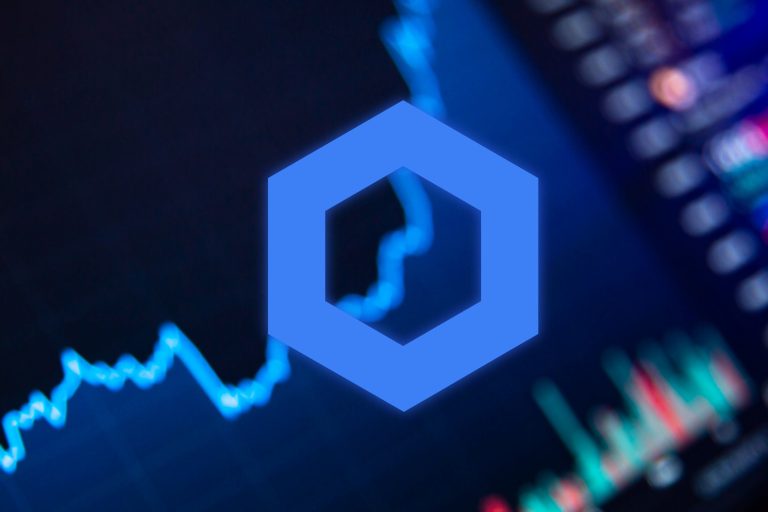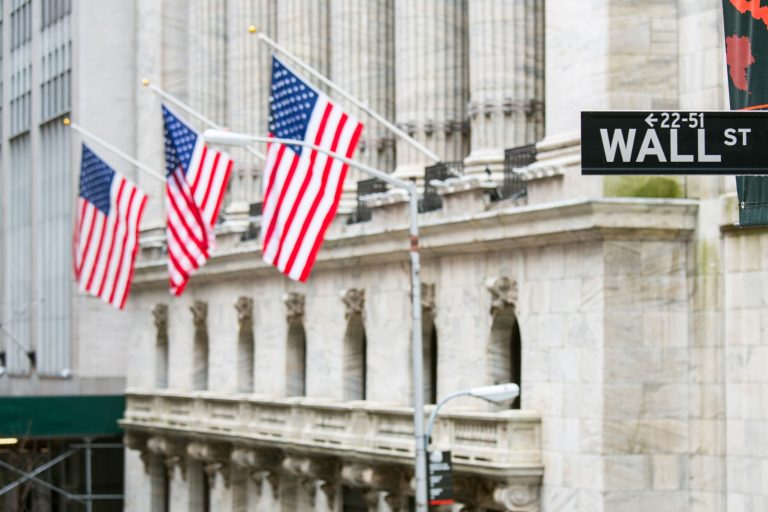The Hang Seng index bounced back this week after China reported strong fourth-quarter economic numbers. It rose to a high of H$19,500, up from Monday’s low of H$18,680. So, what next for the blue-chip Hang index?
Strong China GDP data
The Chinese economy rebounded in the fourth quarter, helped by the government’s stimulus measures and exports.
According to the National Bureau of Statistics (NBS), the economy expanded by 5.4% in Q4 after growing by 4.6% in the third quarter. This recovery was better than the median estimate of 5.0%.
The economy expanded by 1.6% on a quarter-on-quarter basis, after growing by 1.3% in the previous quarter. This growth means that China hit its annual growth target of 5.0%.
More data showed that fixed asset investments rose by 3.2%, lower than the median estimate of 3.3%.
China’s industrial production rose by 6.2% in December, while retail sales rose by 3.7%, higher than the median estimate of 3.5%.
These numbers mean the Chinese economy is doing better than most analysts expected. It is also a sign that the stimulus measures have started to work and the slow growth of the last few years has ended.
Still, Chinese bond yields continued falling as analysts anticipate more stimulus from the People’s Bank of China (PBoC). The 30-year yield dropped to 1.87%, while the 10-year yield has fallen to 1.645%. The yield has dropped for 35 consecutive days, the longest plunge in years.
Still, some analysts warn that China is going through a rough patch. In an X post, Kyle Bass, a popular American hedge fund manager, said that China was still experiencing a complete financial crash. He cited the overnight policy rate and the ongoing real estate crash.
China is experiencing a complete financial crash. China’s 10Yr govt bonds yield 1.65%, their ‘policy overnight rate’ sits at 1.5%, their real estate collapse continues (Vanke 2025 bonds collapsing this week), and overnight rate just spiked to 16%. Complete disaster for xi. #China
Trade war risks remain
The Hang Seng index rose after a report from the United States showed that core consumer inflation data dropped in December. That report led to a strong surge in the stock market as investors anticipated a somewhat dovish Fed.
A key risk for the Hang Seng index is the upcoming Donald Trump inauguration and the potential implications of the market. Trump has pledged to impose major tariffs to help reboot American manufacturing. In line with this, he wants to create an external revenue service that will be tasked with implementing these tariffs.
Tingyi, SMIC, NetEase, and Zijin Mining Group are the best-performing Hang Seng index stocks this year. MTR, Citic Pacific, China Construction Bank, and China Mengniu Dairy are the top laggards in the index this year.
Hang Seng index analysis
The daily chart shows that the Hang Seng index has bounced back and crossed the 100-day exponential moving average on the daily chart.
It has moved between the 38.2% and 50% Fibonacci Retracement levels, a positive sign. Another bullish sign is that the index has formed a falling wedge chart pattern, often leading to a strong bullish breakout.
Therefore, Hong Kong stocks will likely bounce back in the next few weeks, and possibly move above the key resistance at H$20,000. A drop below the support at H$19,000 will invalidate the bullish view.
The post Hang Seng index forms a bullish pattern after strong China GDP data appeared first on Invezz










